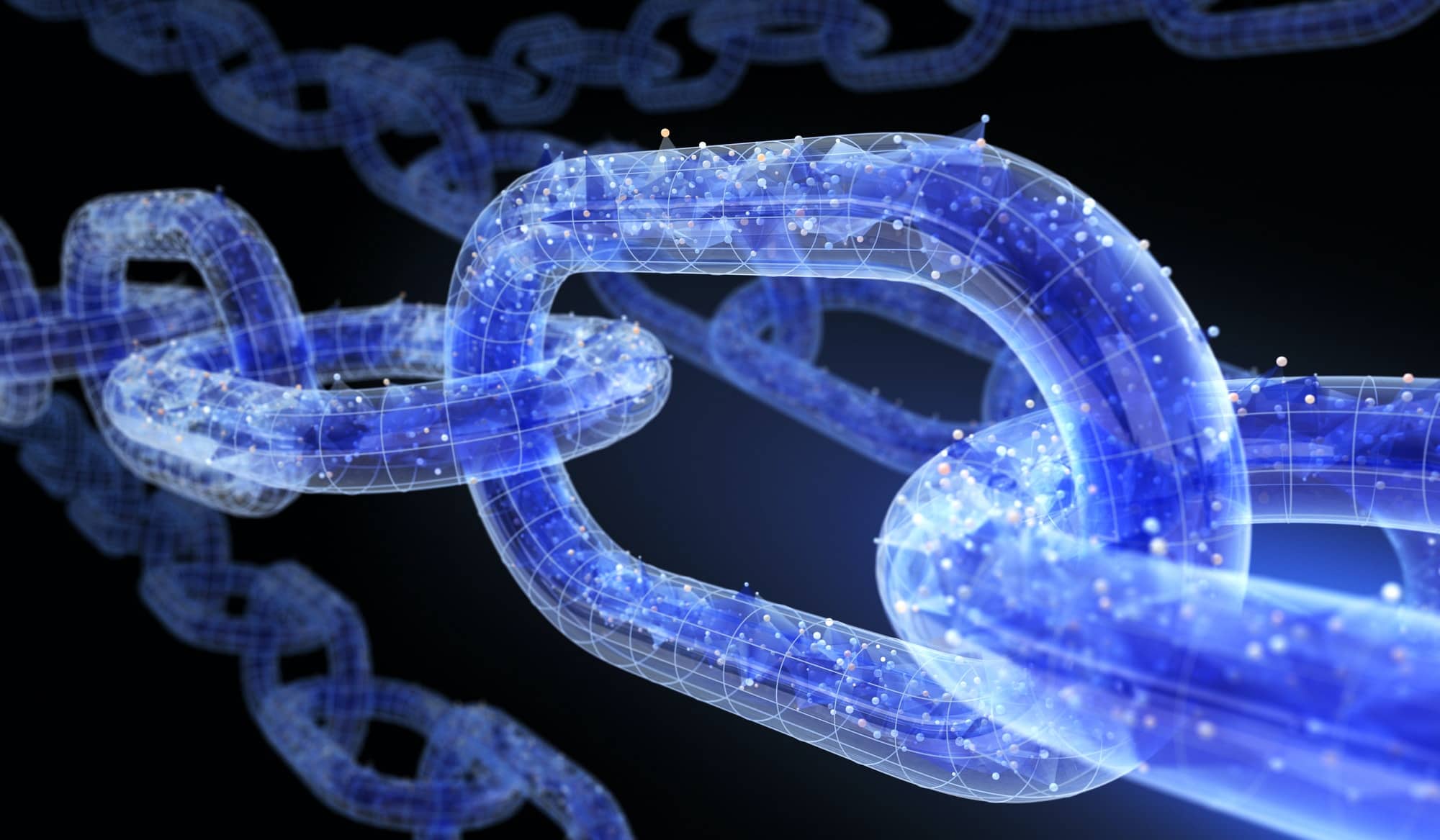Blog Primer: A 25 year old TU Munich M.Sc. student takes on Blockchain as his thesis topic while he is still mostly a stranger to the technology. Over the next 6 months, he needs to learn a lot about blockchain, and fast, like his life thesis depends on it. He decides to document the process, sharing what he learns and what he is working on.
About this blog
Hi there, I’m Aytaç (pronounced iTouch). I am a student at TUM M.Sc. in Management and Technology programme, about to start writing my thesis. As if writing the thesis wasn’t going to be enough “writing”, I also decided to write a blog along with the research where I share what I learn, find and work on. I will explain more about the topic as I go on.
If blockchain and its applications are new to you, great! You can learn along with me. If you are an expert, awesome! Have fun reading about the struggles of a newcomer and about what I see with my fresh eyes.
…also have fun correcting me, it is the internet after all. 😁
I’m aiming to be educative and hopefully entertaining. So please let me know if this is neither, I am hoping to be corrected.
This Post
I am writing this “Post 0” before doing any kind of research into blockchain for the purposes of my studies. Over the last couple of years, I have watched a Youtube video or two, talked to a couple of people and I’ve read several posts about Blockchain. So I only know about Blockchain out of curiousity as I haven’t had a chance to work on anything related to it. So now, I am excited to have a reason and motivation to learn a whole lot more.
I wanted to list all that I know, or what I think I know, about this modern piece of tech as a first step of this documentation. I can then look back to all that I learned and others can walk along a similar path if they are like me and want to learn more. Some would say that a new learner is a great teacher because the master already forgot how it was not knowing. Let’s see if that is true.
All I know at this moment:
1- At its core, a blockchain is a list that you can’t go back and edit. You can just add and add more to the list. What you add are called blocks, and I’m pretty sure the name comes from the blocks after blocks making a chain, therefore: blockchain. I’ve also heard the word “ledger” a lot, so I guess I should probably stop calling it a list… maybe later.
2- This list is being broadcast on a network of computers that constantly shout the most recent version of the list they have to each other. These are called nodes.
3- You can’t go back, edit and publish a different list, because the list is being broadcast by many other nodes in the system, and if you mess with the list a lot of other nodes just say “Nope, this is wrong, our version is correct”. So the integrity of the list is not kept by one center but the whole network. So it is decentralized.
4- It is highly encrypted. I don’t know what “highly encrypted” really means here, but there is something about its difficulty level that enables the whole technology. Also there was something about many computers trying to solve the encryption and for some reason being first to solve was good. I think that is what bitcoin mining was, because if your computer solves it first you get rewarded.
5- It is what makes cryptocurrency possible. But there are many other applications, especially where reliability is important and transactions are plenty. One of these applications is what my thesis will be about.
6- There is something called Non-fungible tokens where people started to give value to non-existing things beyond the now-mainstream way bitcoin is basically people assigning value to non-existing things.
There, I know a bit and I don’t know a lot. So my next steps are going to be reading, watching and talking with people who know these and I will note down what I learn and wherever I was wrong.
See you when I know more,
Aytaç
